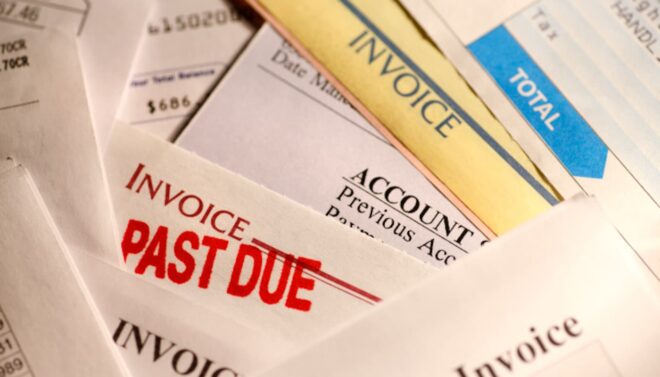However, this billing approach lends itself to physical items, too – whether shoppers choose to finance purchases through installment plans or layaway options. The question is, does offering payment plans to customers make sense for your business? If so, how do you get started?
The benefits of offering payment plans to customers
As a merchant, the primary benefit of offering payment plans is to help increase sales. Breaking up the total price into more digestible chunks helps to make big-ticket items more accessible to potential customers, including those who:
- Lack the financial resources to cover the full cost upfront
- Want to avoid incurring credit card interest and fees
- Have low credit scores and don’t qualify for loans
Staggered payments allow you to tap into this pool of users. Another benefit of offering payment plans to customers is consistency. With no bills to manually manage, there will be fewer delinquent payments. Instead, funds are automatically deducted at set intervals from each customer’s linked payment source. This regularity can help with cash flow, allowing you to better plan for the future. Just think about the time and money you’d save by not having to chase down late payments.
If any of these benefits appeal to you, it may be worth offering payment plans at your business.
How to offer payment plans to customers
It’s worth noting that payment plans won’t necessarily work with every business model. Installment plans can be best suited for service providers or retailers that sell more expensive items – from electronics to jewelry to home furnishings.
Because every business is different, only you can decide whether this billing option makes sense for you and your customers. If it does, getting started may be a lot easier than you think. Here is how to offer payment plans to customers.
First, you must have something to sell – whether that is a physical object or a service you provide. You also need the ability to break up the total price into smaller portions. This is easy to do with subscriptions and services. However, it’s a little more challenging with physical goods, since you need to factor your costs into the final price. For example, if a customer’s guitar breaks before it’s fully paid for, can he or she come back to your music store for complimentary repairs? There are no right or wrong answers here. It’s just important that both sides of the equation understand how refunds, servicing, and maintenance work in advance.
The final component of a payment plan is setting up recurring billing. You need a payment processor that can set up automated invoicing and autopay. Each customer provides his or her payment details one time. Once these details are in the system, all future payments automatically come from their linked account.
- When selling physical goods, those payments will eventually stop once the items are paid in full according to the payment schedule.
- When selling subscriptions, the payments continue indefinitely – unless you or the customer intervene and turn recurring payments off.
Decide over what frequency to bill customers. Monthly is a popular cadence. Yet, if you’ve ever paid for a weekly meal plan or for an annual gym membership fee, you already know how much flexibility there is with this billing approach.
Ready to start offering payment plans?
Whether you want to attract more customers, improve cash flow, or increase overall sales, adding a payment plan option can help. To learn more about the PCI-compliant recurring payment solutions we offer, schedule a free consultation with a Clover Business Consultant today.






